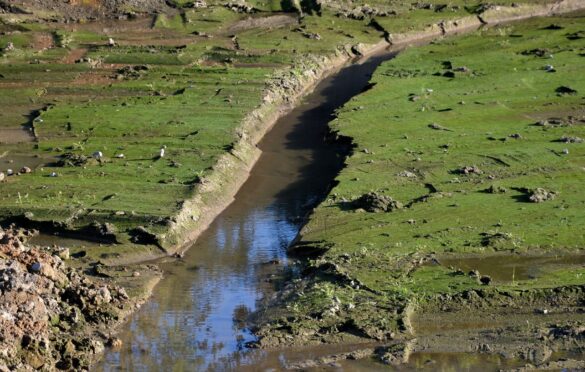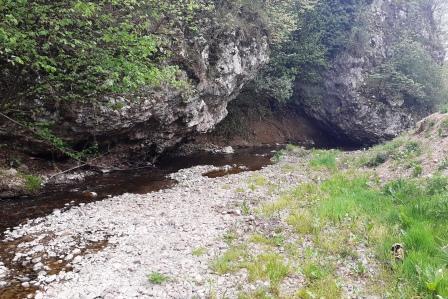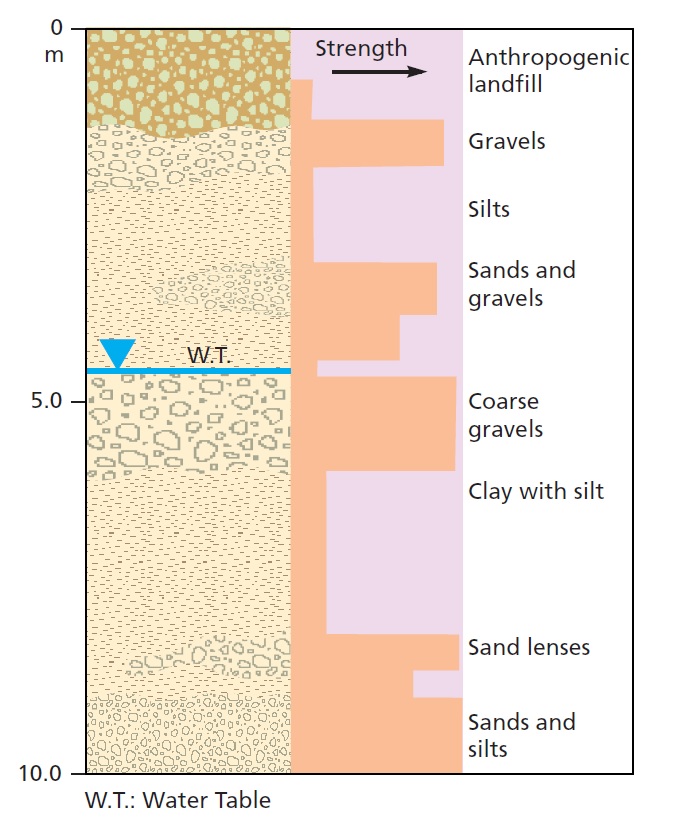Alluvial Deposits: Formation, Characteristics, and Uses

Introduction
Alluvial deposits, also known as alluvium, play a significant role in shaping the Earth’s landscape and are crucial resources for various industries. Formed by the deposition of sediments carried and deposited by flowing water, these deposits have intrigued geologists and scientists for centuries. In this comprehensive guide, we will delve into the world of alluvial deposits, exploring their formation, characteristics, and diverse applications across different fields.
What are Alluvial Deposits?
Alluvial deposits are sedimentary accumulations of gravel, sand, silt, and clay that originate from the erosion and weathering of rocks and minerals. These materials are carried by rivers, streams, and other water bodies and eventually deposited on land when the water flow loses its velocity, resulting in the accumulation of sediments.

Formation of Alluvial Deposits
Factors Influencing Formation
The formation of alluvial deposits is influenced by various factors, including the type of parent rock, climate, topography, and the force of water. Let’s examine each factor’s role in the creation of these deposits.
Parent Rock Type
The composition and hardness of the parent rock significantly impact the nature of the alluvium formed. For example, softer rocks like limestone tend to break down more easily, producing finer sediments, while harder rocks like granite generate coarser particles.
Climate and Precipitation
Climate plays a vital role in alluvial deposit formation. Regions with high precipitation are more likely to experience intense water flow, leading to greater erosion and sediment transport.
Topography and Terrain
The landscape’s topography and terrain influence the path and velocity of water flow. Steeper terrains can cause rapid water movement, leading to more erosion and larger sediment loads.
Force of Water
The force of water, primarily determined by the river’s discharge, directly affects the size and weight of sediments carried by the water body. Higher water discharge can transport and deposit larger particles.
Sediment Transport and Deposition
Once eroded, the sediments enter the water bodies and are transported downstream. The speed of the water flow decreases as the river or stream approaches its base level (ocean, lake, etc.), resulting in the deposition of the sediments.
Characteristics of Alluvial Deposits
Particle Size and Sorting
Alluvial deposits exhibit varying particle sizes, ranging from large boulders to fine silt. The sorting of these particles depends on the water flow’s energy; high-energy flow can sort particles based on size, resulting in well-sorted deposits.
Grain Shape and Composition
The shape of the grains within alluvium can vary based on the distance they traveled. Longer distances lead to more rounded grains, while shorter distances result in angular grains. Additionally, the composition of the alluvial deposits is reflective of the minerals found in the parent rocks.

Utilization of Alluvial Deposits
Agriculture
Alluvial deposits are of immense importance in agriculture due to their rich nutrient content and ability to retain water. Fertile floodplains formed by alluvium are ideal for cultivating various crops.
Construction Materials
The sand and gravel obtained from alluvial deposits are valuable resources for the construction industry. They are used in concrete production, road construction, and building foundations.
Precious Minerals
Alluvial deposits can contain valuable minerals like gold, platinum, and diamonds. These deposits have historically been a source of precious minerals and continue to be actively mined in certain regions.
Groundwater
Alluvial deposits can act as natural aquifers, storing and transmitting groundwater. They serve as vital sources of water for both domestic and agricultural purposes.
FAQs
Q1: Are alluvial deposits only found near rivers and streams?
A1: While alluvial deposits are most commonly found near rivers and streams, they can also occur in regions where glacial meltwater or wind plays a significant role in sediment transport.
Q2: What is the significance of alluvial gold deposits?
A2: Alluvial gold deposits have been historically important sources of gold and continue to be actively mined. They are relatively easier to extract, making them economically valuable.
Q3: How do alluvial deposits contribute to floodplain formation?
A3: Alluvial deposits, carried and deposited by floodwaters, create fertile floodplains. The sediments enrich the soil and support lush vegetation, making floodplains agriculturally productive.
Conclusion
Alluvial deposits have a profound impact on various aspects of our lives, from agriculture and construction to the extraction of valuable minerals. Understanding the formation and characteristics of these deposits helps us appreciate their significance and value in our society. As responsible stewards of the Earth, it is essential to preserve and manage these resources for sustainable development and future generations.
